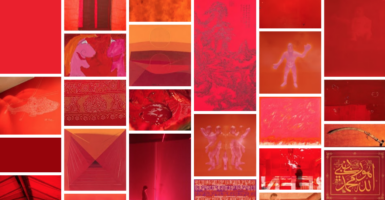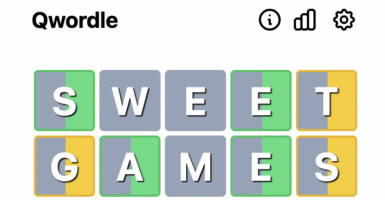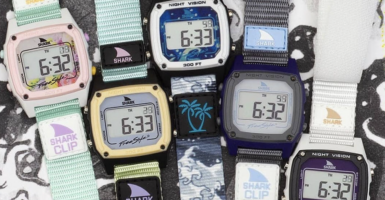The Biggest Fashion Trends Of Each Decade
They say that history repeats itself, and that’s certainly true when it comes to fashion. Trends go in and out of style, and they even influence the kinds of fashions that surface later on.
Keep clicking through to see the most influential trends of each decade and how they’ve resurfaced in today’s looks.
1900s: The Health Corset
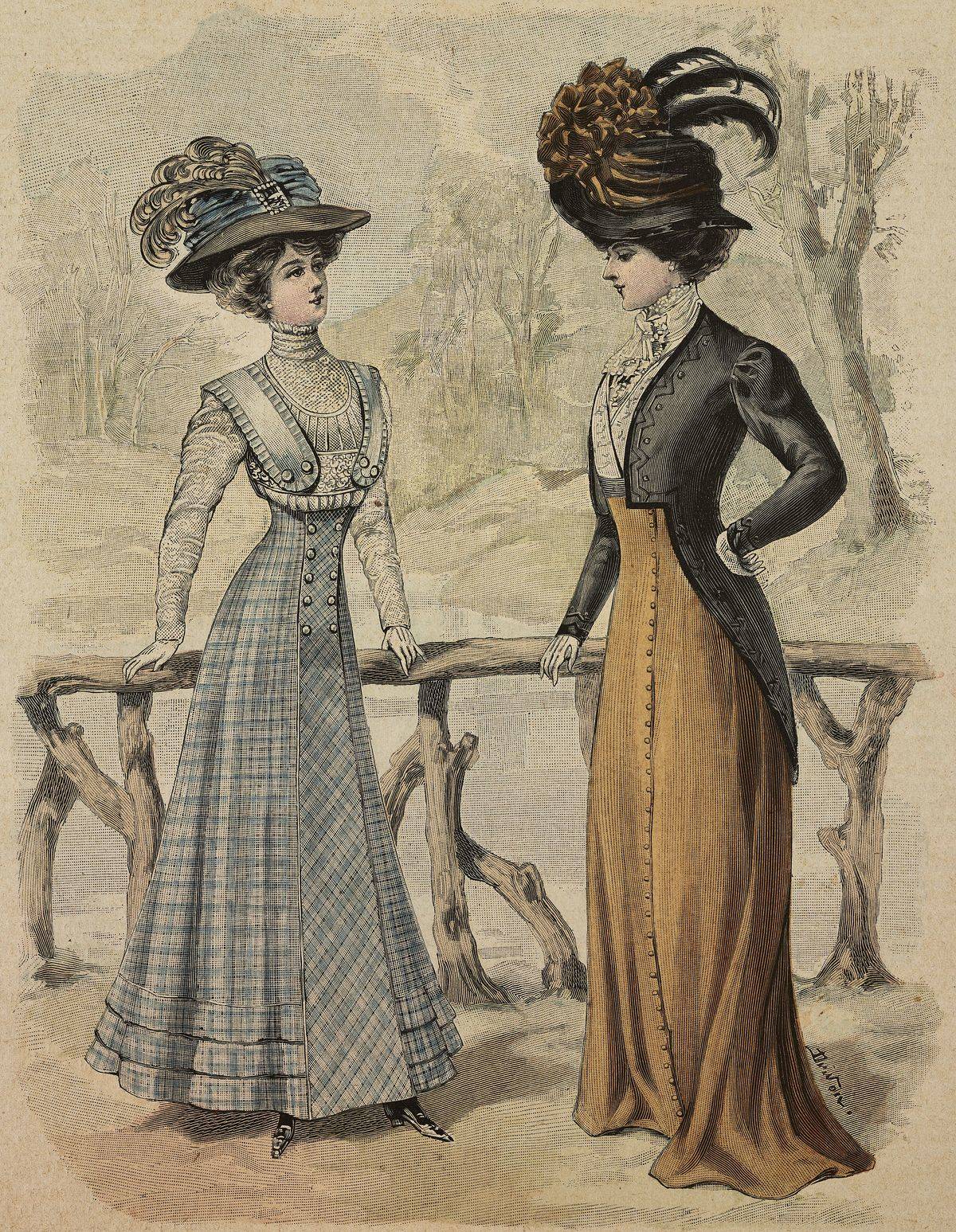
At the start of the 20th century, health corsets were all the rage. They were also known as s-bend corsets due to their trademark ‘s’ shape. The corsets created an hourglass figure that emphasized curves at the chest and the bottom.
At the time, the phrase “beauty is pain” was still taken very literally. These corsets were terrible for the person wearing them since they were overly restrictive. Fortunately, they were soon phased out as women’s rights transformed fashion expectations.
1910s: Hobble Skirts
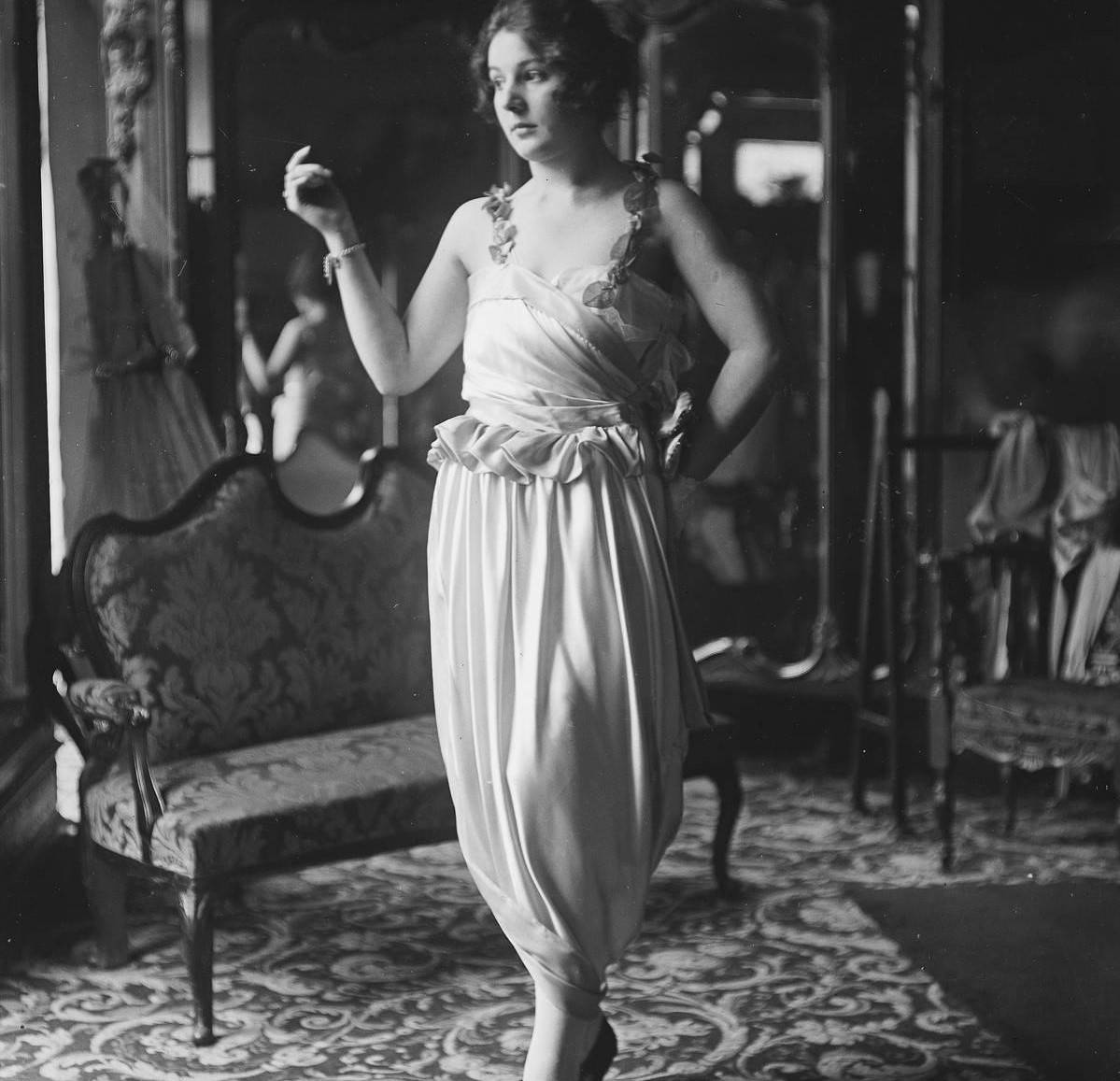
In the 1910s, traditionally poofy skirts gave way to a revolutionary fashion trend: hobble skirts. These skirts were characterized by being tightly hemmed so that the bottom could not open very wide.
As a result, the person wearing the skirt would practically have to hobble to get around, hence the name. The skirts were typically looser around the legs and tight near the ankles, emphasizing the hourglass shape that was so popular at the time.
1920s: Flapper Outfits

Flapper outfits had features that were the complete opposite of the styles that preceded them. Tight corsets were replaced with loose tops and poofy skirts became thinner and simpler.
Instead of trying to force an hourglass shape, flappers created a more comfortable fashion that coincided with early women’s liberation. The style transformed femininity in fashion by proving that elegance and simplicity can go hand in hand. It was also around this time that the little black dress became chic.
1930s: The Bias Cut
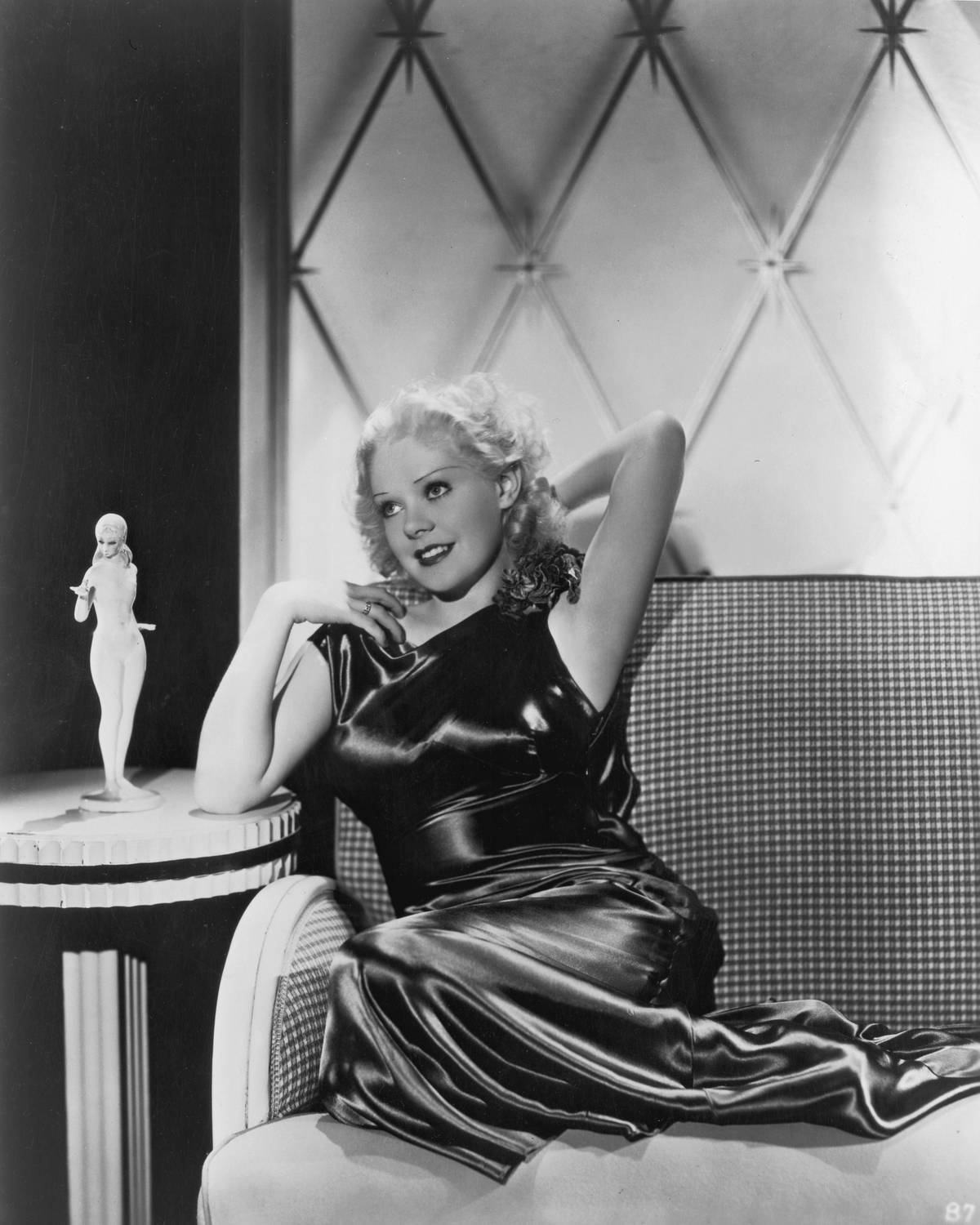
Bias-cut is a fancy way of saying that the fabric was cut at a diagonal across the woven threads, rather than following the straight line of the weave. This technique causes the fabric to fall in a way that accentuates body lines.
The slinky look became huge in the 1930s when stars like Bette Davis and Jean Harlow started wearing bias-cut gowns on the silver screen. Ever since, the fashion trend has made dresses look as elegant as possible.
1940s/50s: Christian Dior’s “New Look”
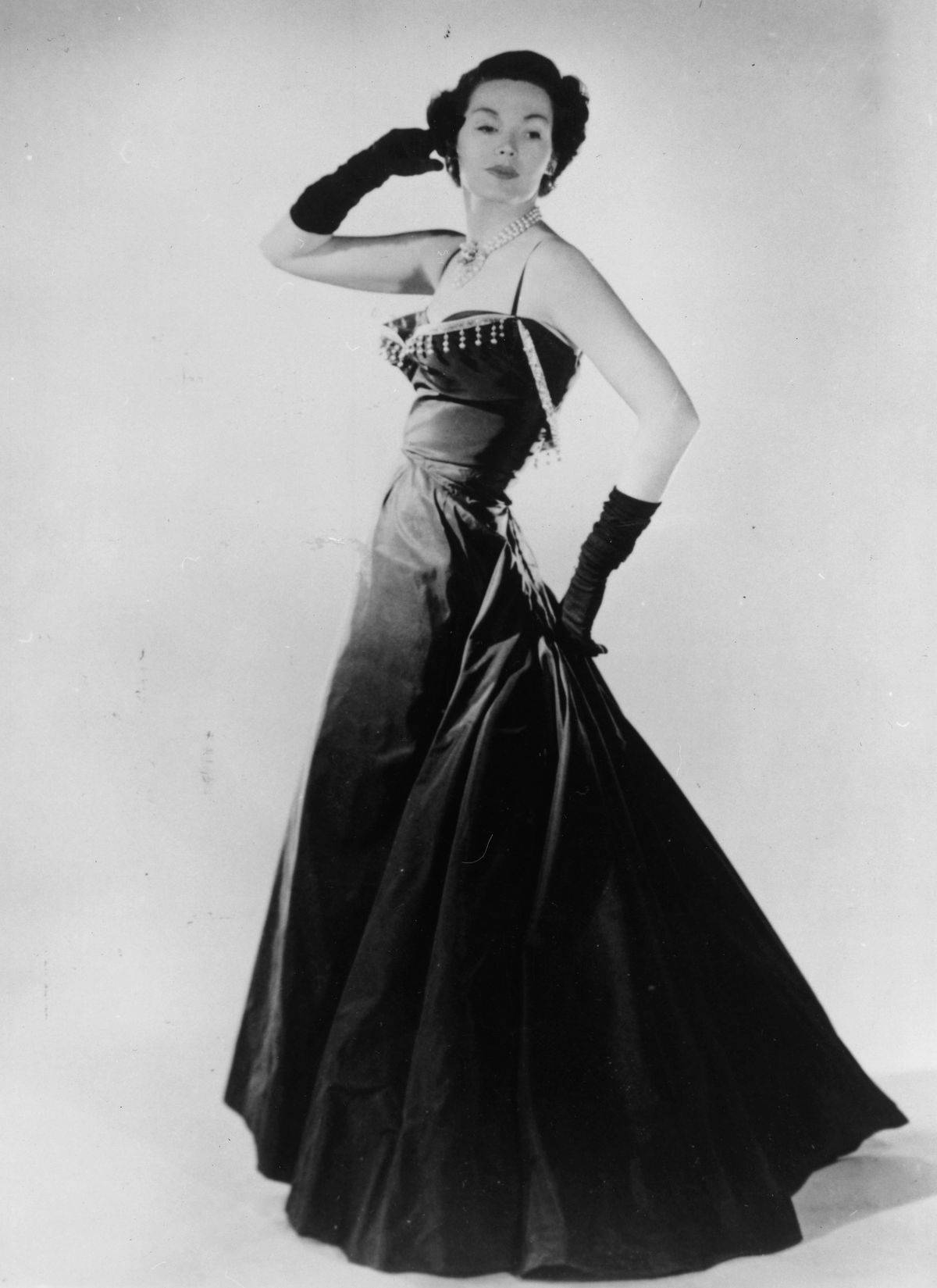
Christian Dior’s “New Look” collection was an instant hit when it came out in 1947, and it set 1950s fashion into motion. After the fabric shortages and civilian uniforms that existed during WWII, Dior’s look was a welcome relief.
His design emphasized a cinched waist and a large skirt, similar to the style that was prevalent at the turn of the century. At the same time, the more professional pieces in the line made it revolutionary.
1960s: Miniskirts
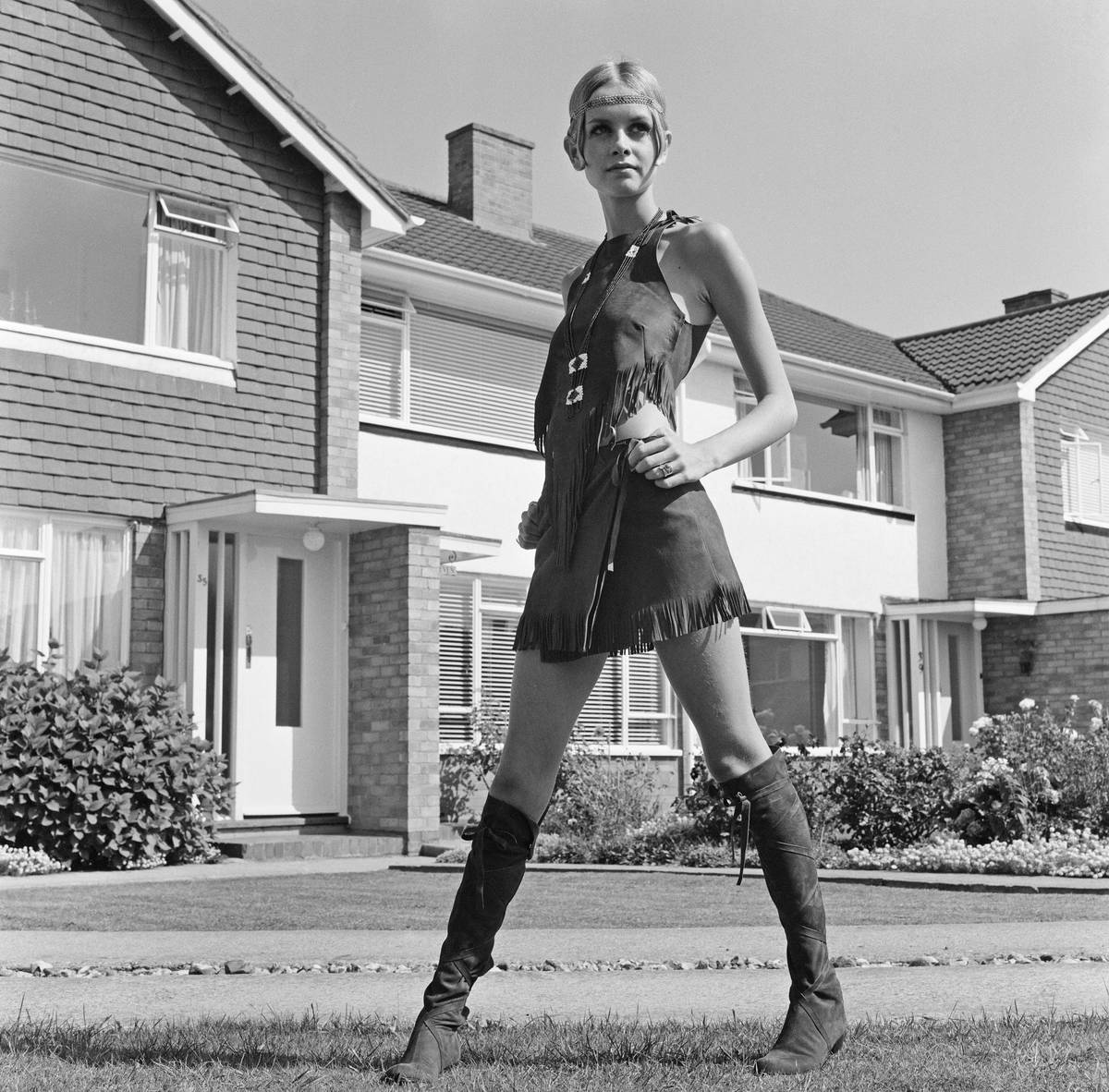
The ’60s were a time of liberation, and few fashion trends better embody that message than the miniskirt. Before the ’60s, skirts and dresses would typically fall well past the knee. Miniskirts stopped several inches above the knee, making them a bold fashion statement for the time.
Some ladies would wear miniskirts with tights underneath, but the hippies were more likely to rock them over bare legs. Though the style was initially met with some resistance, it wasn’t long before the miniskirt was a fashion staple.
1970s: Platform Heels
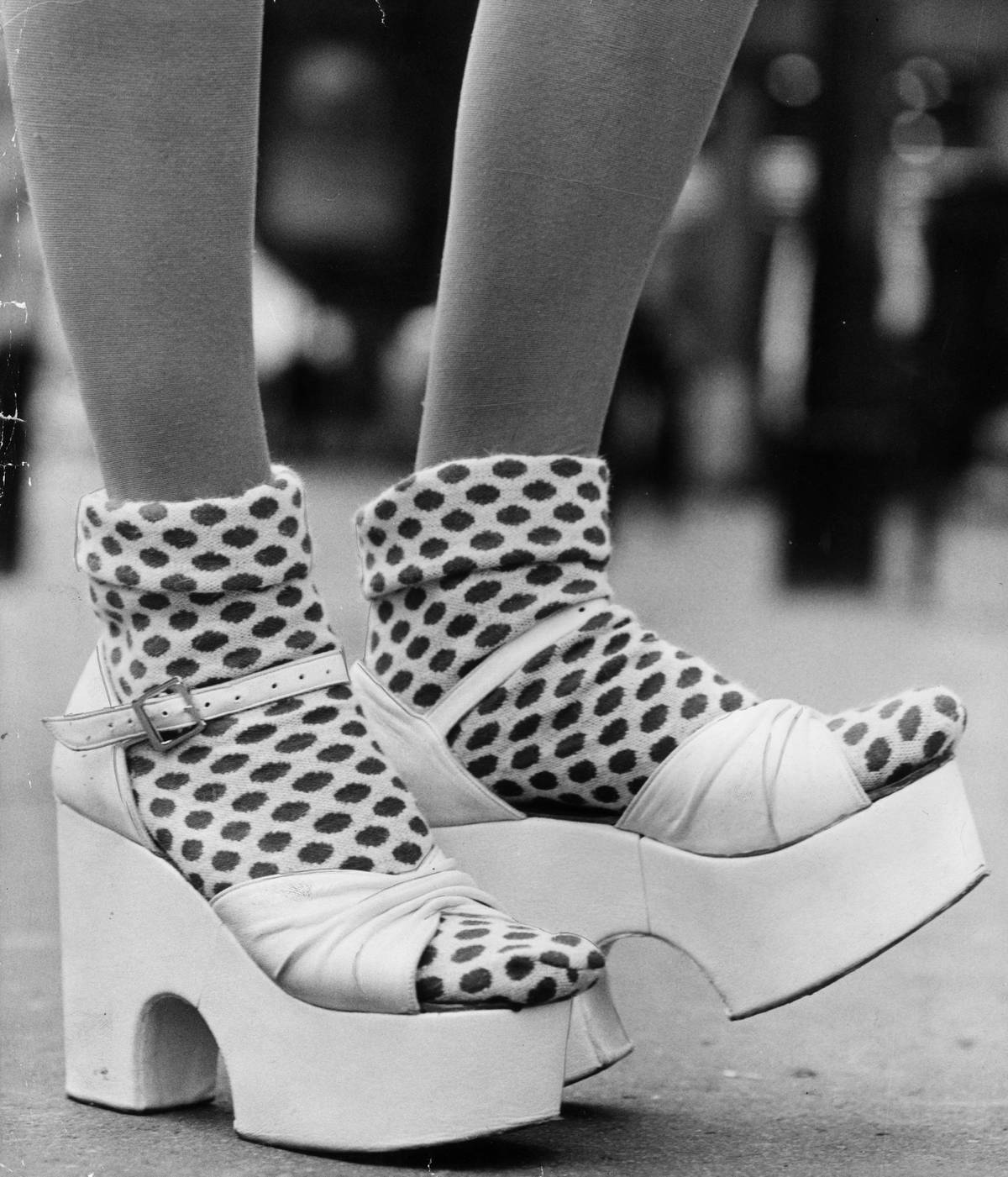
In the age of bell-bottom jeans, it only made sense to have clunky heels that could stand out beneath all of that fabric. Enter platform heels. These shoes boasted thick heels that ran along the entire length of the foot for ample height and comfort.
Platform heels made a loud statement that matched the party atmosphere and vibrant colors of the ’70s. In case the heels weren’t enough of a standout, you could pair them with funky socks to make them really pop.
1980s: Leggings
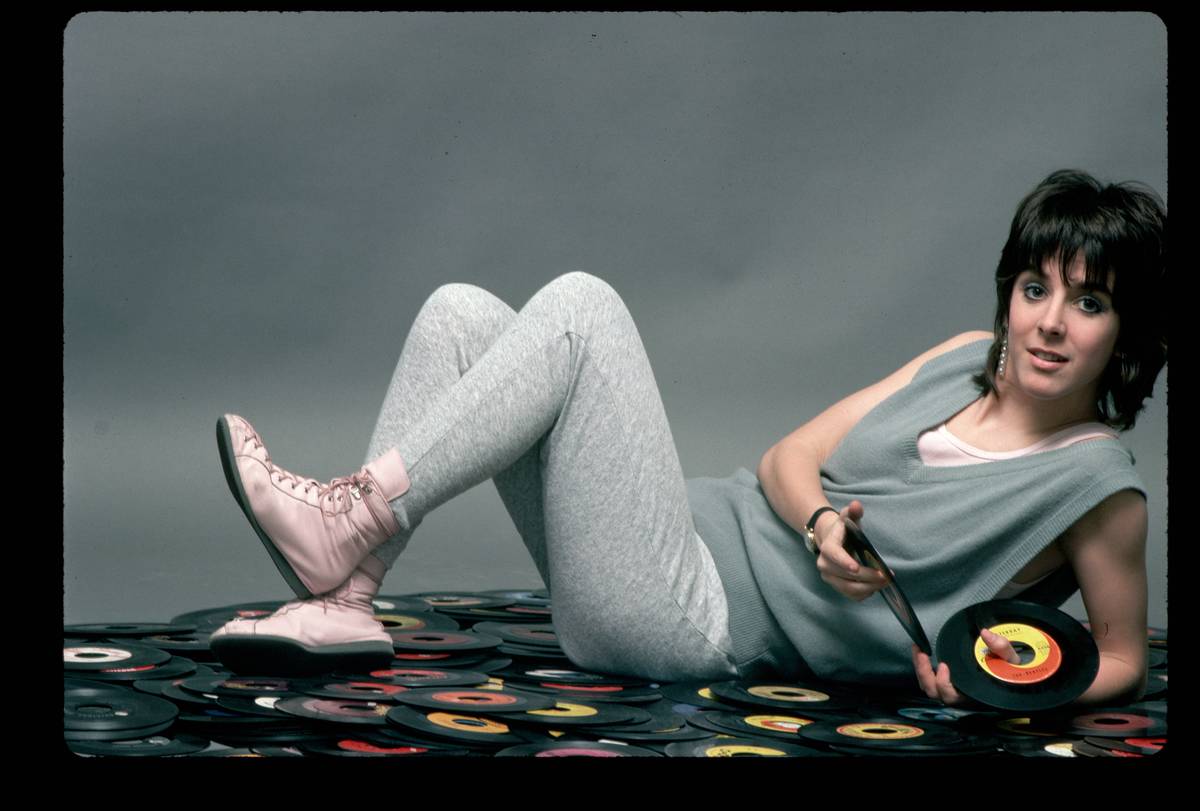
Spandex became a huge part of everyone’s closet in the 1980s thanks due to the aerobics workout trend. They were typically paired with a one-piece and leg warmers, which gave way to the idea of wearing tights as pants.
It wasn’t long before leggings became a thing. They were essentially tights that didn’t cover your feet and were thick enough to wear as pants. In the ’80s, you could expect to see leggings paired with a classic off-the-shoulder sweater.
1990s: Minimalist Fashion
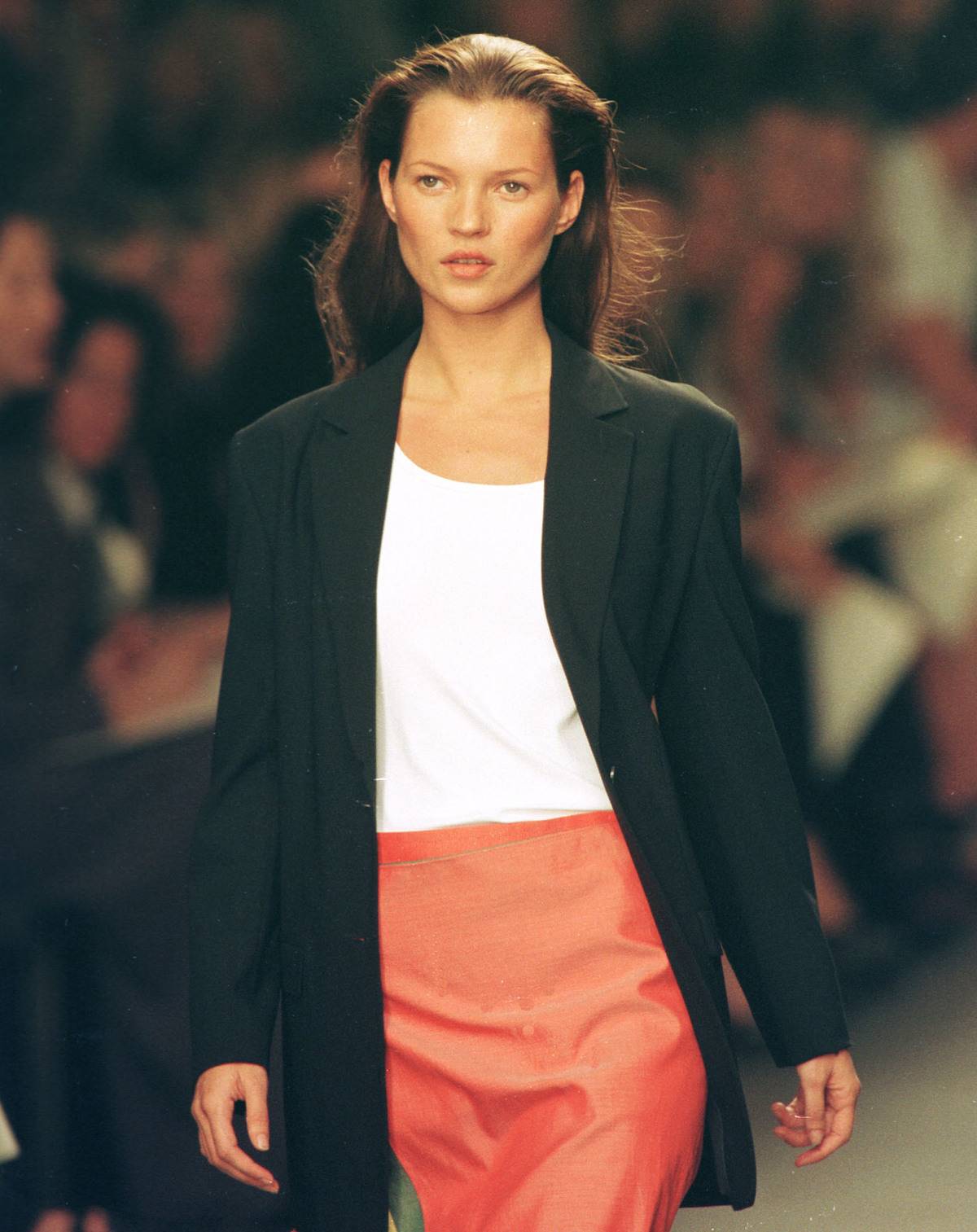
When many people think of the ’90s, they think of grunge-era plaid and ripped jeans. While that was popular among many adolescents and rock bands at the time, the runway had a different approach.
Many models were wearing minimalist fashion, as were celebrities on the red carpet. This style emphasized slip dresses and sheer fabric. It also stuck to a mostly neutral color palette with white, black, and gray dominating runway shows and other events.
2000s: Tracksuits
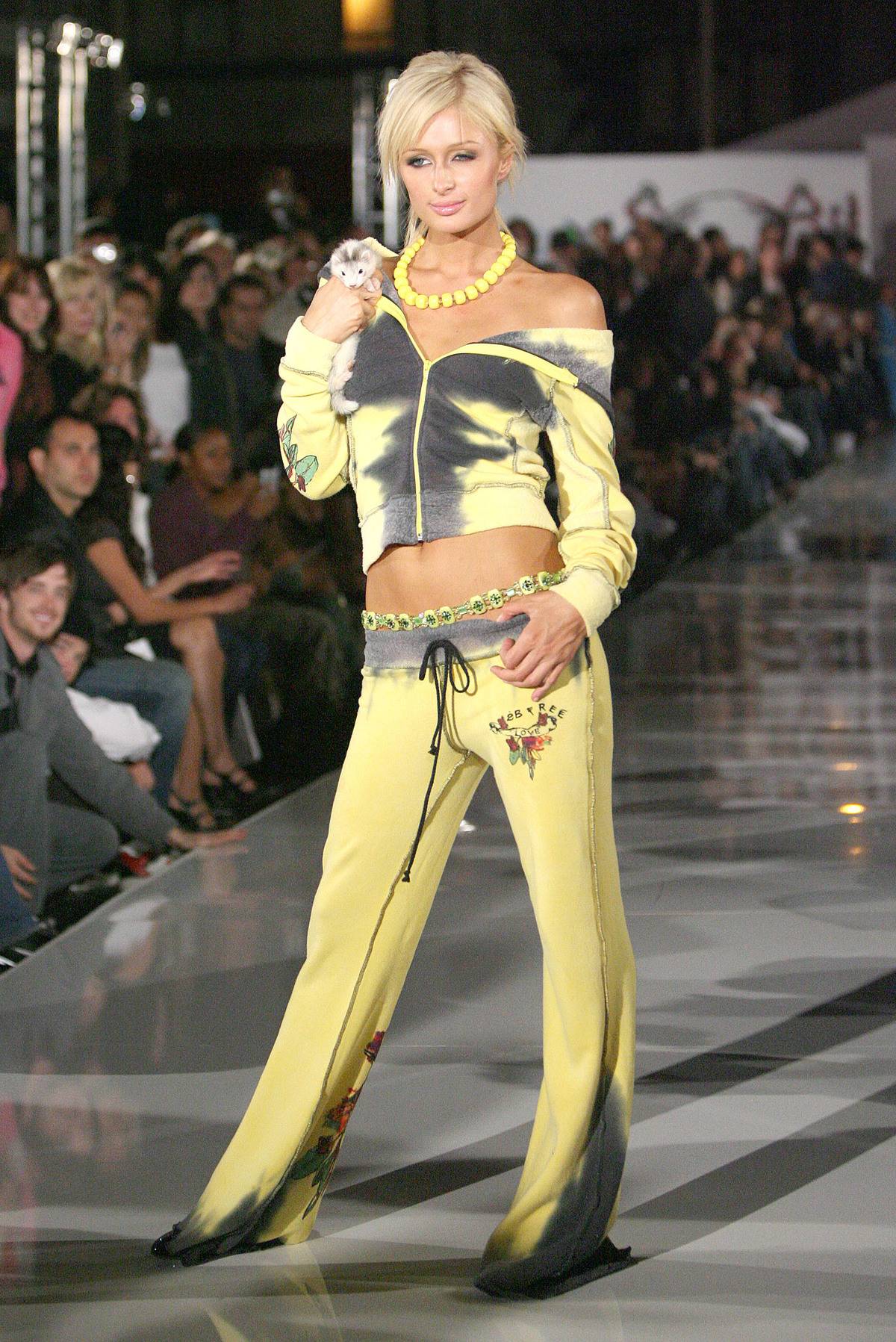
Stars like Paris Hilton, Britney Spears, and J Lo made tracksuits fashionable in the early 2000s. These weren’t just any tracksuits, though. They typically were one color and made of terrycloth that would be just as comfortable to lounge in as to work out in.
Celebrities may have made tracksuits popular, but Juicy Couture is the brand that made them a fashion staple. Don’t forget those rhinestone words that would be sewn into the bottom!
